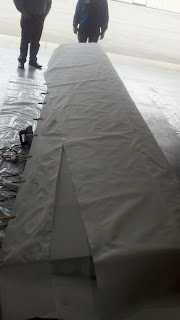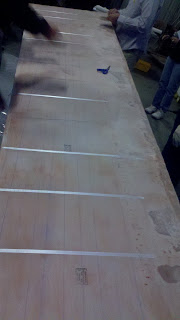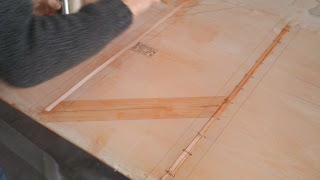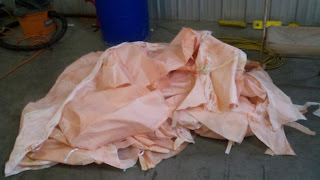Oscar Wilde
iMates in Autodesk Inventor. I would often joke that the only time I used them was when I showed them in a class. (Click here for the Autodesk Wikihelp on iMates)
That was because I rarely, if ever used them. I thought they were great for "plug in play" types of applications, where a finite pool of components was used to create a larger assembly.
Sure, there was the occasional exception, but they were specialized, and very few. I only encountered one or two in my travels.
Over the years of using Inventor, iMates slowly crept into the back corner of my dusty mental attic. A curiosity. A footnote.
But one evening a few weeks ago, I had a wood working book open on my desk, and was taking some plans for a small table and recreating them in Inventor (with some additional details I wanted), and it happened.
I hit the case that made me run up to my mental attic and blow the dust off my old iMates.
 |
| The table, as rendered in Autodesk Showcase |
Dowels were going to be used to pin the legs of the tables to the aprons. I wanted to put the dowels in, so I could have an accurate bill of materials.
But each leg required four dowels, for a total of 16 dowels. Placing 16 insert constraints was going to get old quick! Especially when each insert constraint had to be flipped to provide the alternate solution.
So what did I do?
I created an iMate on the end of the dowel, building in the flip that was going to be necessary to get the dowels to position correctly.
 |
| Creating the iMate. Notice the dialog box is nearly identical to the standard constraint (it's missing the "2" button) |
When I placed it in an assembly, I could hold down the Alt key, and click on the iMate glyph with the left mouse button.
Then I could drag it, to the mating hole, and the iMate would take effect, and POP! Into position it goes!
The nice part of this method, is that I can put this dowel in a library, and reuse it, and it's newly created iMate, again and again.
So what's the moral of this story? Don't be too quick to use a tool! While they may initially seem a curiosity, they have a way of coming back and making your life a lot easier!
So to show the way I used iMates, here's a video with the whole process! Enjoy!
And by the way! This is just one way you can use iMates! Remember that Wikihelp link at the beginning of this post? It's got other ways you can use iMates to your advantage!





























